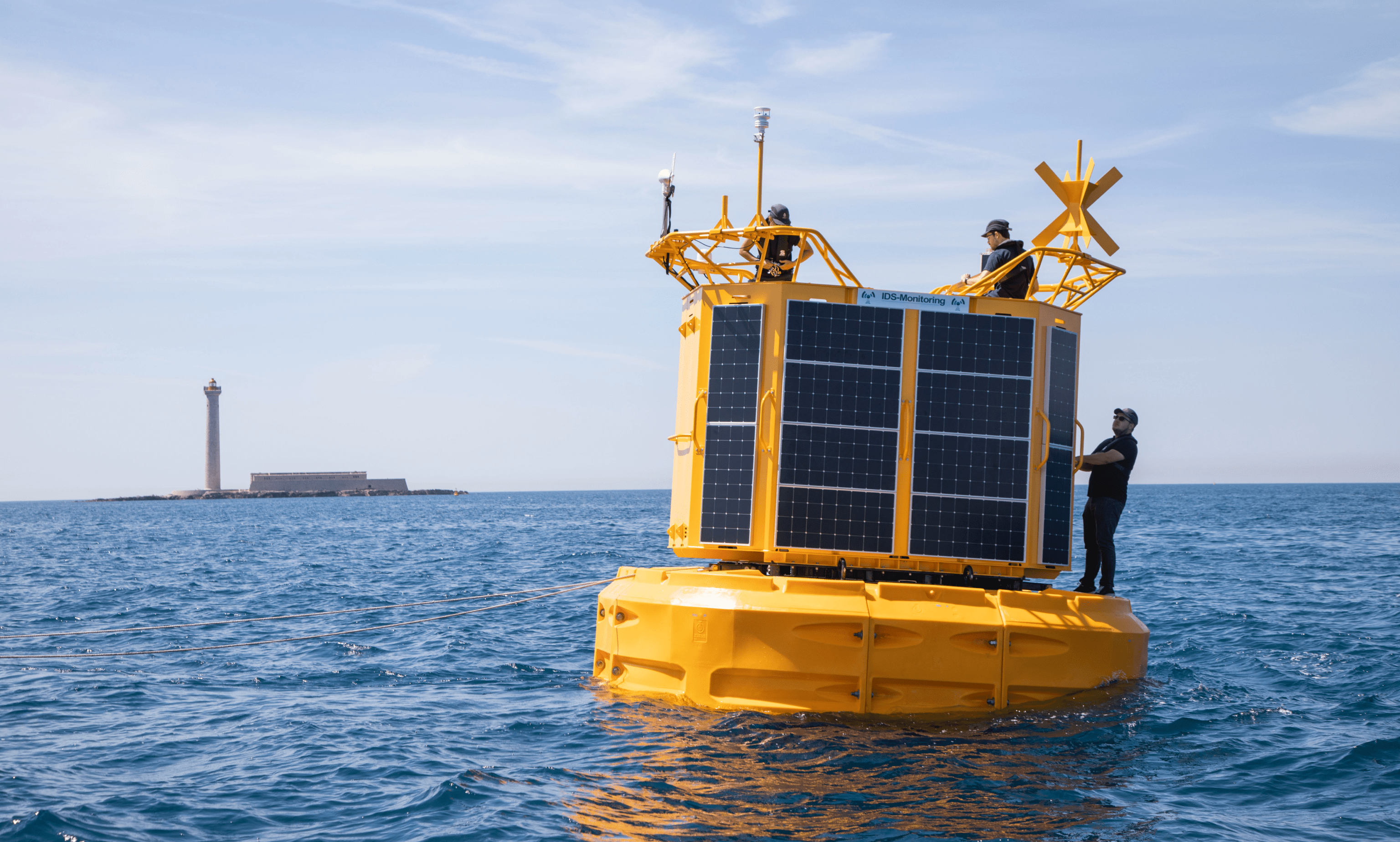Presentation
Principal investigators
Sophie Bonnet et Cécile Guieu
The Western Tropical South Pacific (WTSP) Ocean has recently been identified as a hotspot of N fixation i.e. harbors among the highest rates reported in the global ocean (Bonnet et al.fixing organisms have high iron (Fe) quotas relative to non-diazotrophic plankton and their success in the WTSP has been attributed to the alleviation of Fe limitation in this region. However, our knowledge on Fe sources and distribution in the WTSP remains limited. During the OUTPACE cruise in, the proposed team identified a shallow (m) hydrothermal Fe source in the WTSP close to the Tonga volcanic Arc, which resulted in high concentrations (nM) of dissolved Fe (DFe) up to the photic (m) layer (Guieu et al.). Such inputs are suspected (together with high sea surface temperature C) to trigger diazotroph blooms in the WTSP. However, the potential impact of such hydrothermal input on plankton communities and biogeochemical cycles of biogenic elements (carbon (C), Nitrogen (N), Phosphorus (P)) remains to be studied. In this context, the main objectives of the TONGA project are:
The Western Tropical South Pacific (WTSP) Ocean has recently been identified as a hotspot of N fixation i.e. harbors among the highest rates reported in the global ocean (Bonnet et al.fixing organisms have high iron (Fe) quotas relative to non-diazotrophic plankton and their success in the WTSP has been attributed to the alleviation of Fe limitation in this region. However, our knowledge on Fe sources and distribution in the WTSP remains limited. During the OUTPACE cruise in, the proposed team identified a shallow (m) hydrothermal Fe source in the WTSP close to the Tonga volcanic Arc, which resulted in high concentrations (nM) of dissolved Fe (DFe) up to the photic (m) layer (Guieu et al.). Such inputs are suspected (together with high sea surface temperature C) to trigger diazotroph blooms in the WTSP. However, the potential impact of such hydrothermal input on plankton communities and biogeochemical cycles of biogenic elements (carbon (C), Nitrogen (N), Phosphorus (P)) remains to be studied. In this context, the main objectives of the TONGA project are:
accurately quantifying iron (and other biogeochemically relevant compounds) inputs from shallow submarine volcanoes and associated hydrothermal sources along the Tonga volcanic arc (20 and 25ºS) for the productive layer in comparison with atmospheric iron inputs,
study the fate of shallow hydrothermal plumes in the water column at local and regional scales,
investigate the bioavailability and potential impact of these hydrothermal inputs on planktonic communities and carbon export in the WTSP.
To achieve this goal, we performed a day oceanographic cruise In October-December (R/V L’Atalante) in the WTSP.
See the video below.












